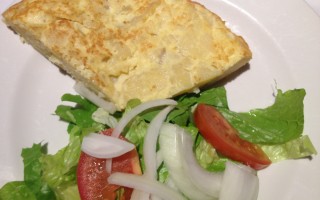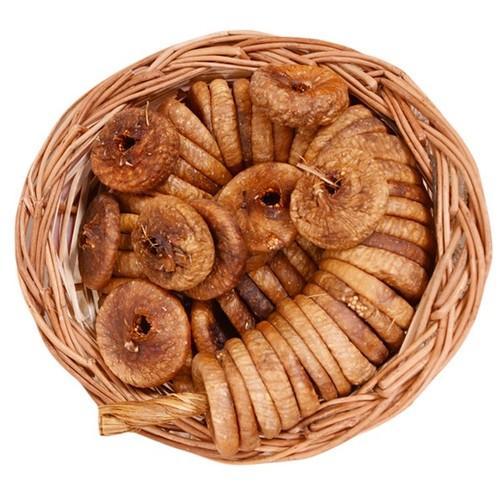
Fig Jam Recipe inspired by India, Israel and my life in the United States The first time I saw fresh figs was in my backyard. I was around 6 years old. My grandma had carefully planted a number of fruit trees around her home in northern India. There was mango, lychee, orange, lemon, papaya, Indian […]
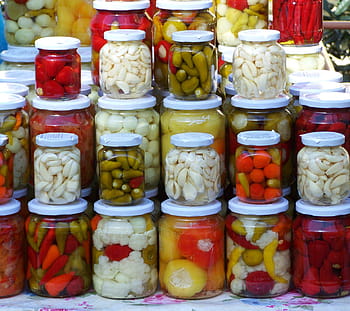
Coming from a family of at-home gardeners, we have always planted a summer garden. Typically, we grow herbs and vegetables such as basil, sage, tomatoes, and of course, cucumbers. Every summer, we plant cucumbers so we can make our family’s favorite – refrigerator pickles. Never heard of refrigerator pickles before? Essentially, they are homemade bread […]
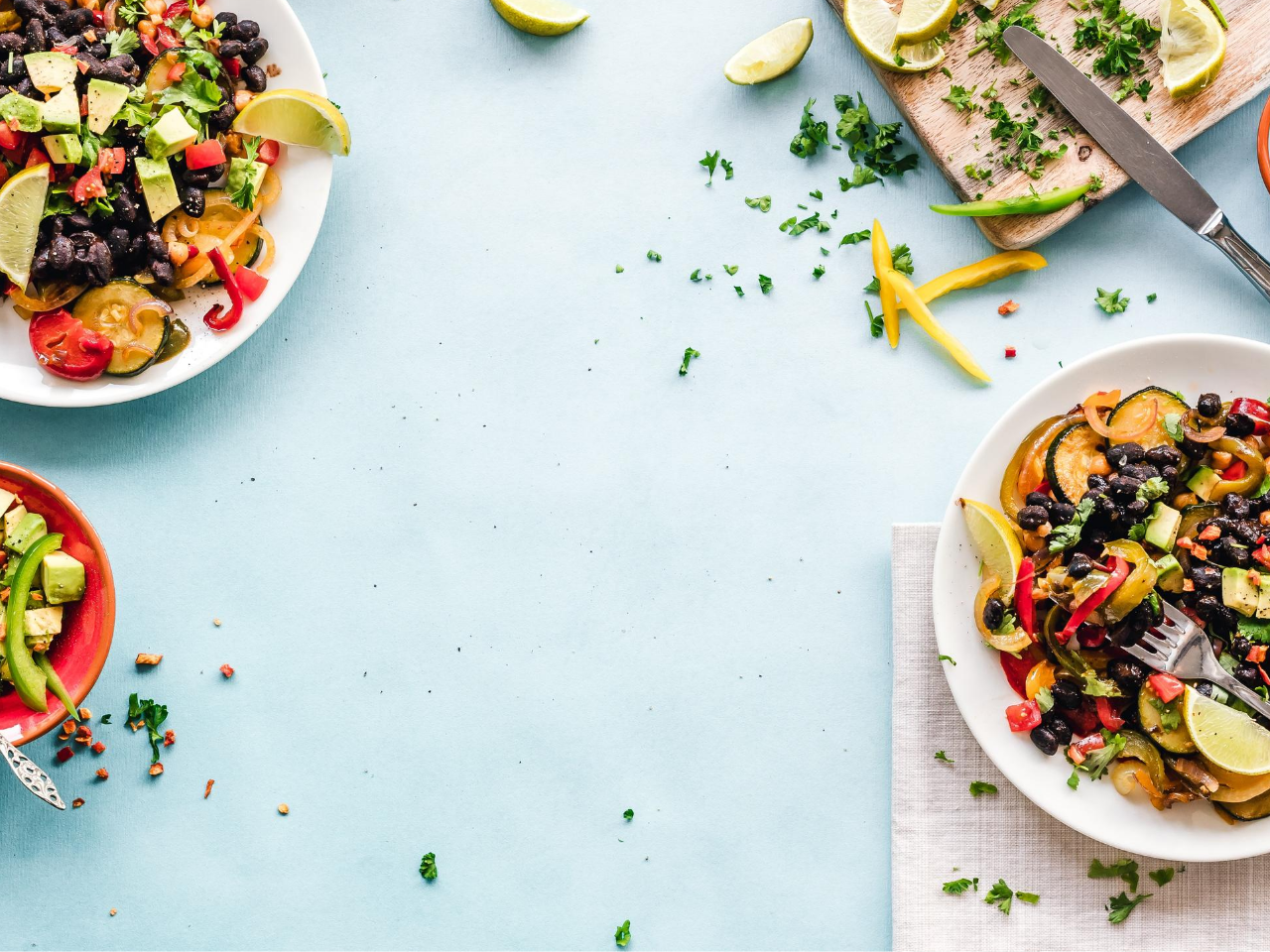
Like many others, I filled my quarantine time with baking goodies, making ice cream, and binge-watching all my streaming subscriptions. However, with school starting in a month, I’ve decided it’s finally time for me to start working out and eating healthy again. Luckily for me, summer is the best time to explore new recipes because […]

Themes are a fun way to add a creative flair to any party or gathering that you are planning. I personally love themes and have hosted everything from a Hawaiian Dinner Party to Cuisine themed parties! Speaking of themed parties, have you ever hosted a cheese-themed Party? I have! When preparing for this cheese and […]
Finally, an Indian inspired cream liquor is in the market! Somrus meaning the nectar of Gods in Hindi, is a pure Wisconsin dairy cream and hand-crafted Caribbean rum mixed with the flavors of cardamom, saffron, almonds, pistachios and rose. Already, spirit and wine enthusiasts are raving about this new cream liquor, naming it in Top 50 Spirits […]
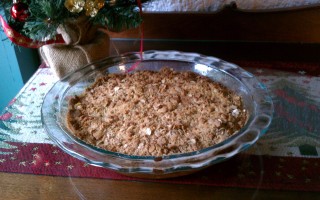
Hear’s another recipe to keep your Christmas kitchen aroma! Pear Custard Pie Streusel 1/2 cup Original Bisquick® mix 1/4 cup old-fashioned or quick-cooking oats 1/4 cup packed brown sugar 1/2 teaspoon ground nutmeg 1 tablespoon butter or margarine, softened Pie 1/2 cup Original Bisquick® mix 1/3 cup granulated sugar 1/2 cup milk 2 tablespoons butter […]
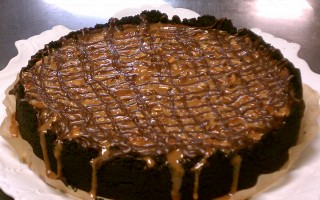
TURTLE DOVE CHEESECAKE 24 OREO Cookies, finely crushed (about 2 cups) 6 Tbsp. Butter or margarine, melted 1 Pkg. (14 oz.) Caramels 1/2 cup milk 1 cup chopped Pecans 3 Pkg. (8 oz. each)Cream Cheese, softened 3/4 cup sugar 1 Tbsp. Vanilla 3 eggs 2oz. Dove Chocolate HEAT oven to 325°F. MIX crumbs and butter; […]

The historic St. Francis Inn (circa 1791) treats their guests 365 days a year to complimentary evening desserts that are homemade and uniquely created for a perfect ending before bedtime. After guests enjoy their dinner or activities throughout St. Augustine, they enjoy returning to the comforting parlor or dining room, sipping a beverage and indulging their sweet tooth […]
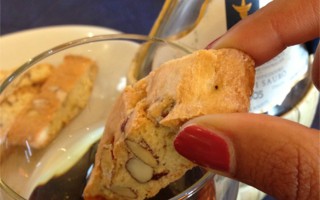
Last week I wrote about staying at a Tuscan Villa in Italy where I enjoyed very authentic meals using ingredients that were grown on the farm or sourced from nearby villages. I enjoyed my trip so much and got the most out of my visit by going on one of the Tours of Tuscany. It […]
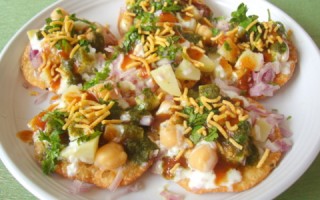
Celebrating Asian Heritage Month at The Coca Cola Company with our first major event – with Sucheta Rawal founder of nonprofit organization Go Eat Give Recipes from today: Gado Gado – Gado-Gado is famous green beans dish from the island of Bali, Indonesia. Aloo Papri Chat – Potatoes and Dough Chips mixed with Tamarind and Yogurt sauce. […]
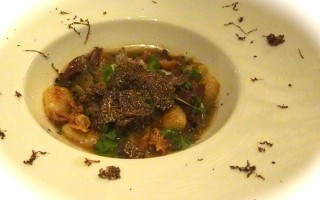
After you taste the Chicken and Dumplings at the Blackberry Farm, you won’t want to eat your mom’s recipe again. Hand made pasta, shaved black truffles and melt into your mouth roasted guinea are just few of the ingredients that make this recipe so special. It is served at The Barn restaurant located at the […]
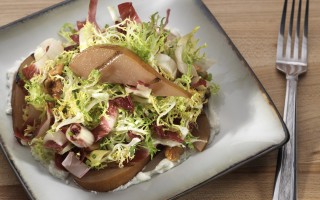
This December, the growers of USA Pears are spotlighting a trio of clever pear preparations by top Pacific Northwest chefs. December has again been proclaimed National Pear Month by the United States Department of Agriculture (USDA), thanks to the abundance and variety of fresh pears in season and available nationwide. “We’re so inspired by the […]
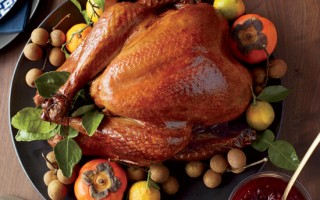
What started as a traditional North American holiday is now also celebrated by millions of immigrants and ethnic groups who call the United States home. In 1621, the Plymouth colonists (English) and Wampanoag Indians (Native Americans) shared an autumn harvest feast that is acknowledged today as one of the first Thanksgiving celebrations. For more than […]
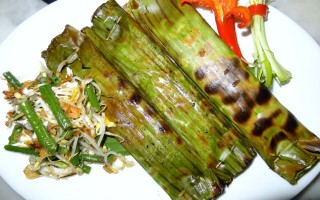
A popular dish from the island of Bali is PEPESAN BE PASIH or PEPES IKA, in other words STEAMED FISH IN BANANA LEAVES. This is a great recipe for grilling during a backyard party or a cookout. It is healthy and caters to the palates of non meat eaters. Fresh banana leaves are available at farmers markets […]

Enter our “What’s Your Flavor” Recipe Contest! Do you know of a speciality dish that is only found in your city or community? Maybe you visited a country and discovered an unusual dish? We are looking for the most unique recipe that captures the flavor of your city. Send us an original authentic recipe and […]
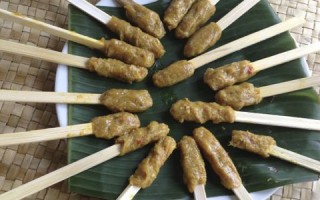
The Indonesia style of Chicken Satay is slightly different than the Thai ones, that most are familiar with. Only minced chicken is used for the recipe and the seasoned mix is draped over bamboo sticks. The meat barely covers the bamboo, making it look almost like a lollipop chicken. Sate Lilit Ayam or Chicken Satay […]
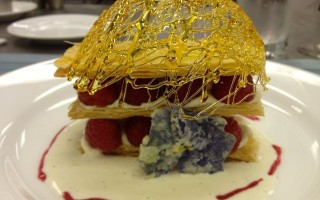
Chef Nicholas Walker of Cobb Galleria Centre invited me to celebrate Spring with him in his kitchen. He presented a multiple-course lunch that depicted a transition of winter into spring using. Some dishes leaned towards the coziness of winter, other towards a gentle lightness of spring.

Base Gede Bumbu Kuning also known as Basic Yellow Sauce is a key ingredient in many Indonesian recipes. It is really easy to make! Simply blend in all the ingredients in a commercial or Balinese blender (as shown below) till ground into a paste. You then want to sauté the spices to release aromas. This basic […]
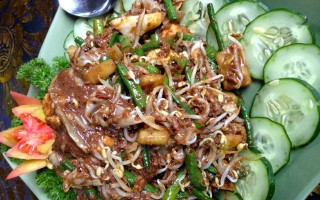
One of the most commonly found dishes in Bali is Gado Gado. Also known as Kacang Me Santok, the dish is a healthy sauté of assorted vegetables with peanut sauce. Aunty Puspa who runs Paon Bali Cooking Classes on the island of Bali, showed us step-by-step how to cook this authentic recipe. She even made […]
